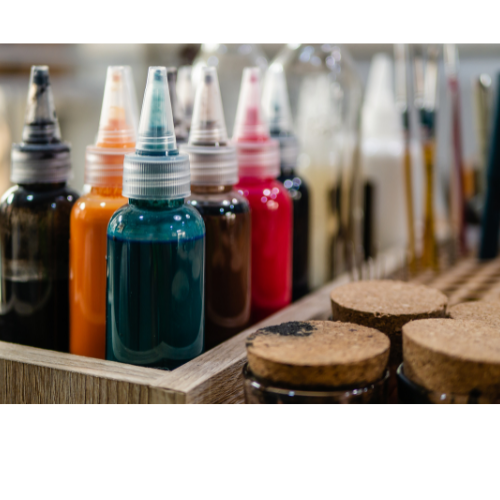Revitalize Your Leather: Dyeing and Recoloring Techniques
Leather Dyeing offers a world of possibilities when it comes to revamping the look and style of your leather products. Whether you want to repair small localized damages or completely restore the color, it's essential to have the right products and equipment on hand. Before you begin, don't forget to test your coloring idea to ensure the best results.
Pigmented / TopCoat / Protected Leather (The go-to for Automotive Leather Dye) This is the most common type of leather finish achieved with opaque leather paint. Repairing and color-matching solid color leathers is relatively straightforward. However, on two-tone (Savauge) color leather, you'll need to match the lighter color first before applying the darker shade on top.
Aniline and Nubuck / Suede Leathers For these leathers, a semi-transparent aniline dye is used to achieve a finish that allows the natural markings of the hide to show through. Aniline leather is luxurious but more challenging to repair, as any restoration work may be hard to conceal. When dealing with larger areas, semi-transparent leather dyes are recommended. Smaller repairs can be disguised using leather dye colorant. In cases of significant color loss or damage, a complete color restoration may be necessary.
Types of Finishes
Solid Color The most common and easily color-matched leather finish for minor repairs. For larger repairs or restoration, you can match or use a similar color to enhance the existing one. Lightly sprayed coats or sponge application work best for most repairs and color restoration.
Two-Tones A second color is lightly sprayed or hand wiped over the original color, giving the leather a distinct appearance.
Metallic / Pearlized These finishes use metal flakes to reflect light and alter the leather's sheen, offering a unique look. Lightly sprayed coats or hand wiped application are recommended.
Transparent Found on aniline and nubuck leather, this finish lets the natural markings and grain of the leather show through. Hand wiping the dye mix with leather protectant is the preferred method for sun fading.
Semi-Aniline / Hybrid In certain cases, manufacturers apply a light protective coat or hand-wipe a pigment dye over aniline leather, giving it some characteristics of pigmented leather. This is often done to cover imperfections or enhance durability.
Wax & Oil Finishes These unique finishes, found on a small percentage of leather goods, cannot be repaired for color loss. The wax or oil prevents dyes from bonding with the leather.
Types of Application
Sponging / Hand Wipes This versatile application type is great for changing the leather's appearance. You can use a cloth, sponge, or other applicator to achieve special effects. To repair color loss or stains, lightly apply several coats over the damaged area. This method also works well for creating a two-tone effect.
Brush Finishes Ideal for small repairs and creating designs, though brush strokes may be challenging to conceal. Foam brushes work well for applying leather dye to specific areas.
Sprayers The best method for applying leather dye color, as several light coats blend seamlessly. Crown Sprayers create a nice aerosol pattern for moderate-sized repairs, but an airbrush or touch-up spray gun provides better control for more precise work.
Now armed with these dyeing and recoloring techniques, you can breathe new life into your leather items and bring out their natural beauty once again. Remember to exercise caution and test your methods beforehand for the best possible outcome. Happy leather dyeing!


 Log in
Log in


